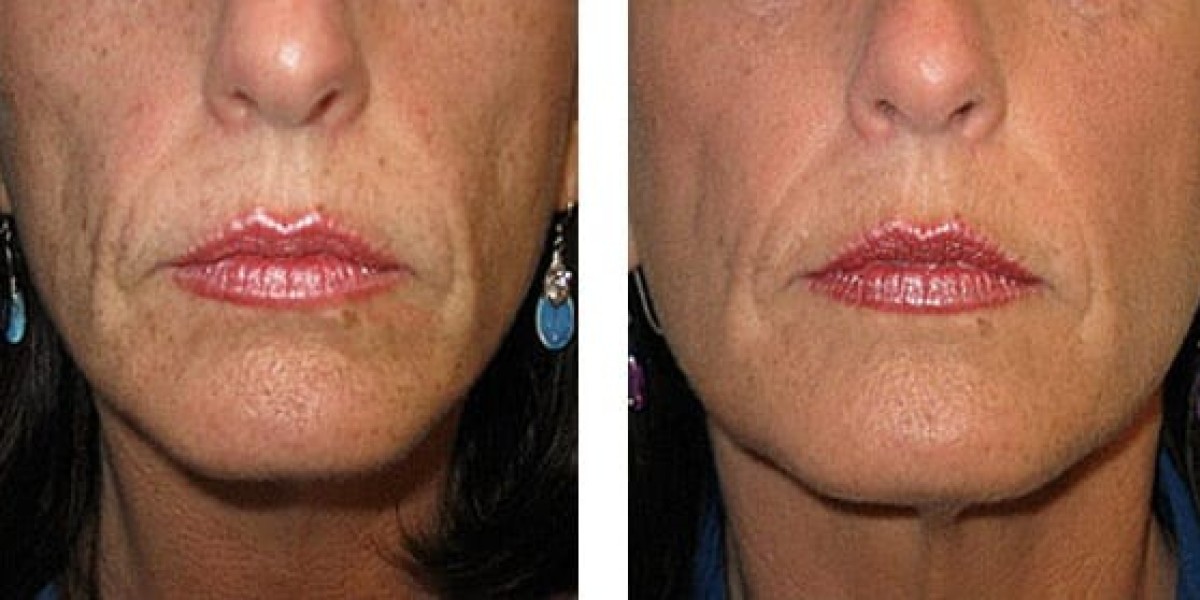Ethnic diversity is a cornerstone of our society, contributing to the rich tapestry of cultures and backgrounds that make up our global community. With this diversity comes a wide range of skin types and unique skincare needs. Many individuals with ethnic skin, which includes people of African, Asian, Hispanic, Middle Eastern, and Indigenous descent, face specific challenges when it comes to skincare and anti-aging treatments. One innovative solution that has gained popularity in recent years for addressing these unique needs is Sculptra. In this article, we'll explore the distinct characteristics of ethnic skin, the challenges it presents, and how Sculptra offers a promising solution.
Understanding Ethnic Skin
Before delving into the benefits of Sculptra for ethnic skin, it's essential to understand what makes ethnic skin unique. Ethnic skin has several characteristics that differentiate it from Caucasian skin, and these differences significantly impact how it ages and responds to various skincare treatments.
Melanin Content: Ethnic skin typically contains higher levels of melanin, the pigment responsible for skin color. This increased melanin provides some protection against the harmful effects of ultraviolet (UV) radiation, such as sunburn and skin cancer. However, it also makes ethnic skin more prone to hyperpigmentation, which can result from even minor skin injuries or inflammation, like acne or insect bites.
Skin Texture: Ethnic skin often has a thicker, more compact dermal layer compared to Caucasian skin. This thickness provides natural protection against wrinkles and fine lines but can contribute to the development of keloid scars, a common concern among individuals with ethnic skin.
Collagen Composition: Collagen is a protein that plays a crucial role in maintaining skin's firmness and elasticity. Ethnic skin tends to have a different collagen composition than Caucasian skin, which can influence the way it ages. Ethnic skin may experience collagen loss in a manner that leads to volume loss and sagging.
Oil Production: Sebaceous glands in ethnic skin typically produce more oil than in Caucasian skin, which can contribute to acne and other skin issues. On the positive side, this increased oil production often helps ethnic skin maintain a youthful appearance for longer.
Pigmentation Disorders: Ethnic skin is more prone to certain pigmentation disorders, including melasma and post-inflammatory hyperpigmentation. These conditions can be challenging to treat and often lead individuals to seek solutions to even out their skin tone.
Understanding these unique characteristics of ethnic skin is crucial for tailoring skincare and anti-aging treatments effectively.
The Challenges of Ethnic Skin Aging
As ethnic individuals age, they may experience a range of skin-related challenges that are distinct from those faced by individuals with lighter skin tones. Some of these challenges include:
Hyperpigmentation: As mentioned earlier, ethnic skin is more prone to hyperpigmentation, which can result from various factors, including sun exposure, hormonal changes, and skin injuries. Hyperpigmentation can lead to uneven skin tone and dark spots.
Volume Loss: Ethnic skin can lose volume and elasticity over time, leading to sagging and a less youthful appearance. This volume loss can be particularly noticeable in areas like the cheeks and temples.
Keloid Scarring: The propensity for keloid scarring, which involves raised and thickened scars, can make surgical or invasive anti-aging treatments a less appealing option for individuals with ethnic skin.
Uneven Texture: Skin texture irregularities, such as acne scarring or enlarged pores, can be a source of concern for many with ethnic skin.
Fine Lines and Wrinkles: While ethnic skin tends to be less prone to fine lines and wrinkles than Caucasian skin, these signs of aging can still develop and become problematic for some individuals.
Given these challenges, it's crucial for individuals with ethnic skin to seek treatments and products that are specifically designed to address their unique needs.
Introducing Sculptra: A Solution for Ethnic Skin
Sculptra, a dermal filler that has gained prominence in recent years, offers a promising solution for ethnic skin. Unlike traditional hyaluronic acid fillers, Sculptra's primary component is poly-L-lactic acid, which stimulates the body's natural collagen production over time. This unique mechanism of action makes Sculptra well-suited for addressing the specific aging concerns of ethnic skin.
Benefits of Sculptra for Ethnic Skin:
Stimulates Collagen Production: Sculptra's ability to stimulate collagen production is particularly beneficial for individuals with ethnic skin. By encouraging the growth of new collagen, Sculptra helps restore lost volume and firmness, addressing sagging and fine lines.
Gradual Results: Sculptra's results are gradual and subtle, which can be advantageous for ethnic individuals who want a natural-looking outcome. The slow collagen-building process allows for a more natural transition as the skin rejuvenates.
Long-Lasting: Sculptra's effects can last up to two years or more, making it a cost-effective and convenient option for those looking to maintain a youthful appearance.
Improves Texture: Sculptra can also help improve skin texture and tone, addressing concerns like uneven texture, acne scarring, and enlarged pores.
Low Risk of Keloid Scarring: Sculptra is a non-surgical treatment that involves minimal risk of keloid scarring, making it a safer alternative for individuals with ethnic skin.
The Sculptra Treatment Process:
The Sculptra treatment process typically involves a series of injections administered by a trained healthcare professional. Multiple sessions may be required, depending on the individual's goals and the extent of volume loss. Patients can usually return to their regular activities immediately after the treatment, as downtime is minimal.
Precautions for Sculptra in Ethnic Skin:
While Sculptra is generally safe and effective for ethnic skin, it's essential to consult with a qualified healthcare provider who has experience working with diverse patient populations. Proper assessment and an individualized treatment plan are key to achieving the best results. Additionally, individuals with a history of keloid scarring should be cautious and discuss the potential risks with their provider.
Conclusion
Ethnic skin comes with unique characteristics and aging challenges that require specialized care and attention. Sculptra, with its collagen-stimulating properties and long-lasting results, offers a promising solution for individuals with ethnic skin looking to address concerns such as volume loss, sagging, fine lines, and uneven texture. As with any cosmetic procedure, it's crucial to consult with a qualified healthcare provider who understands the specific needs of ethnic skin and can tailor a treatment plan to achieve the best possible results. With the right approach, Sculptra can help individuals with ethnic skin embrace their natural beauty and age gracefully.



